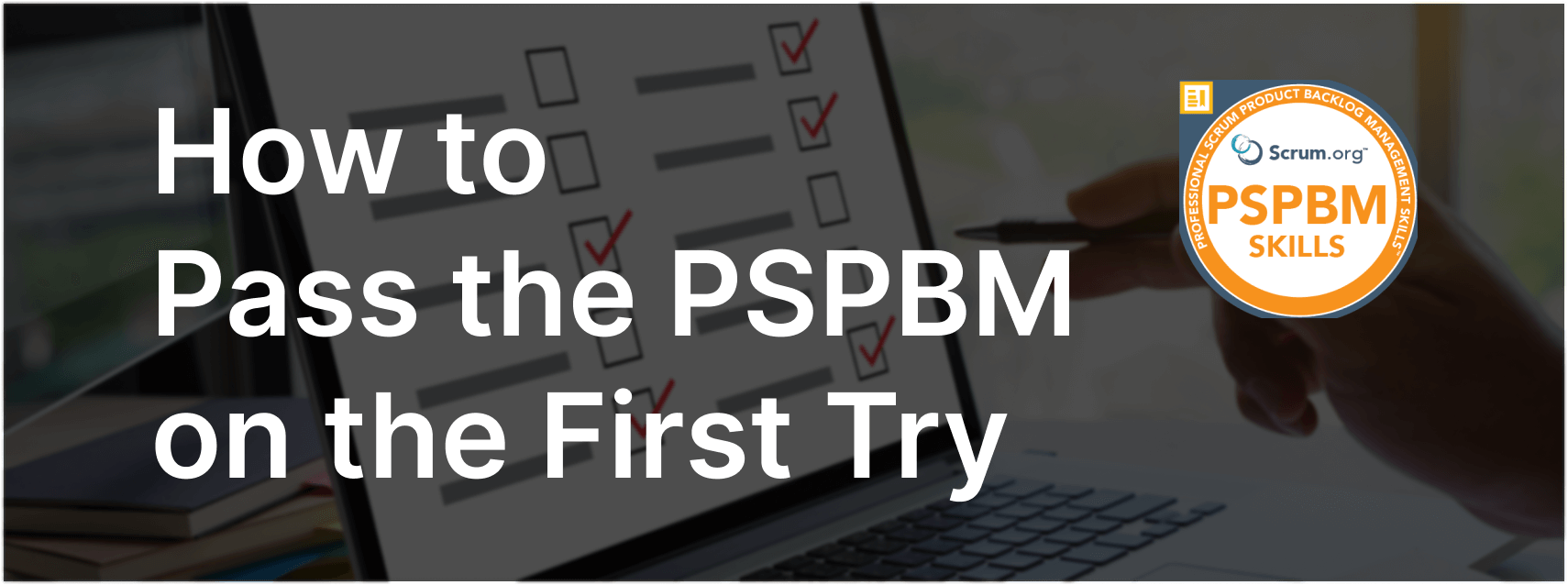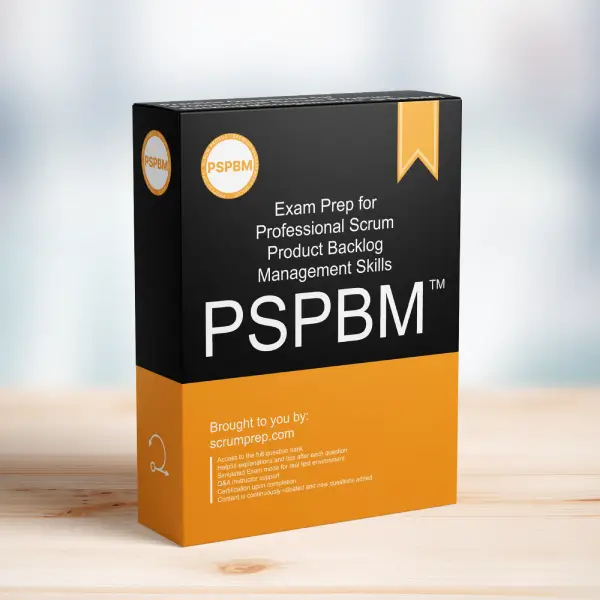Basic Elements of a User Story
User stories are a crucial part of Agile frameworks, capturing user requirements in a simple and clear format. The goal is to ensure that all team members understand the user’s needs and the context of the work.
Exam Question
Which format captures the most basic and important elements of a user story?
(choose the best answer)
A. When —–, I want —–, so I can —–.
B. As a —–, I want —–, so I can —–.
C. When —–, I want to —–, so I can —–.
D. The feature must —–, so that —–, whenever —–.
Correct Answer
B. As a —–, I want —–, so I can —–.
Explanation
Correct Answer
B. As a —–, I want —–, so I can —–:
This format is the most widely accepted and basic structure for user stories in Agile methodologies. It effectively captures the three essential elements:
- Role: Who is the user or persona?
- Goal: What does the user want to accomplish?
- Benefit: Why does the user want to achieve this goal?
This format ensures that the team understands not just the functionality being requested but also the context and motivation behind it.
Why the Other Options Are Less Relevant
A. When —–, I want —–, so I can —–:
This format can capture the user story elements but is less standard and can lead to ambiguity in understanding the user’s role and context.
C. When —–, I want to —–, so I can —–:
Similar to option A, this format can capture the intent but is less precise in identifying the user’s role, which is crucial for understanding the perspective from which the story is written.
D. The feature must —–, so that —–, whenever —–:
This format is more prescriptive and feature-focused rather than user-focused. It doesn’t explicitly capture the user’s role, which can lead to missing the context and reason behind the requirement.
Importance of the Standard User Story Format
- Clarity: Ensures that the user’s needs are clearly understood.
- Focus: Keeps the team focused on delivering value to the user.
- Context: Provides context and rationale, helping in prioritization and decision-making.
- Communication: Facilitates better communication among team members and stakeholders.
Benefits of Using User Stories
- User-Centric: Keeps the development process user-focused.
- Flexibility: Allows for easy adjustments based on user feedback and changing requirements.
- Collaboration: Encourages collaboration and discussions among team members to refine and understand user needs.
PSPBM Exam Relevance
Understanding the correct format for user stories is essential for the PSPBM exam, as it demonstrates the ability to manage and communicate user requirements effectively.
Key Takeaways
- The format “As a —–, I want —–, so I can —–” is the most basic and important structure for user stories.
- This format ensures clarity, focus, and context, making it easier to understand and prioritize user requirements.
- User stories in this format support better communication, collaboration, and flexibility in Agile teams.
Conclusion
Using the standard format for user stories helps ensure that the team remains focused on delivering value to users by clearly understanding their needs and context. For more information on preparing for the PSPBM exam, visit our Professional Scrum Product Backlog Management Skills PSPBM™ Exam Prep.



